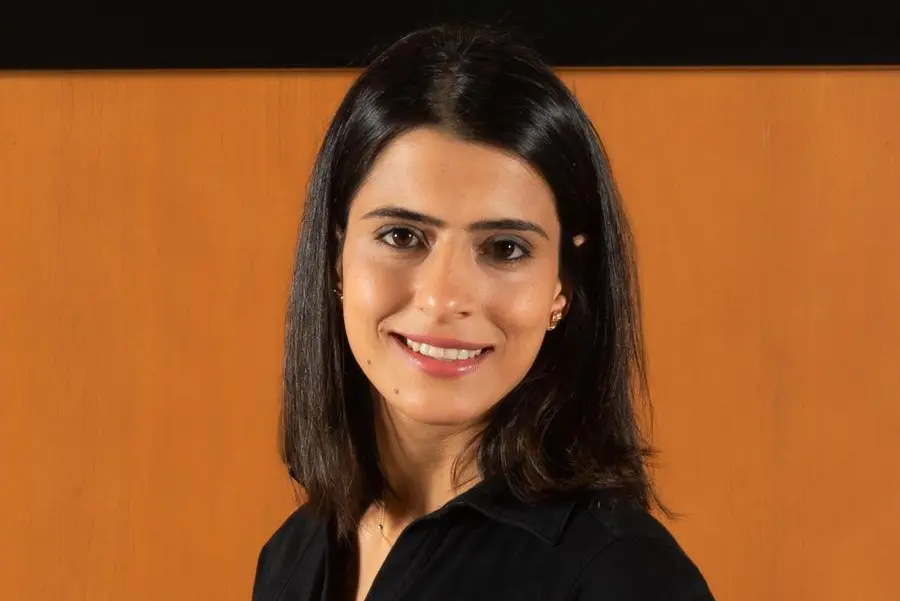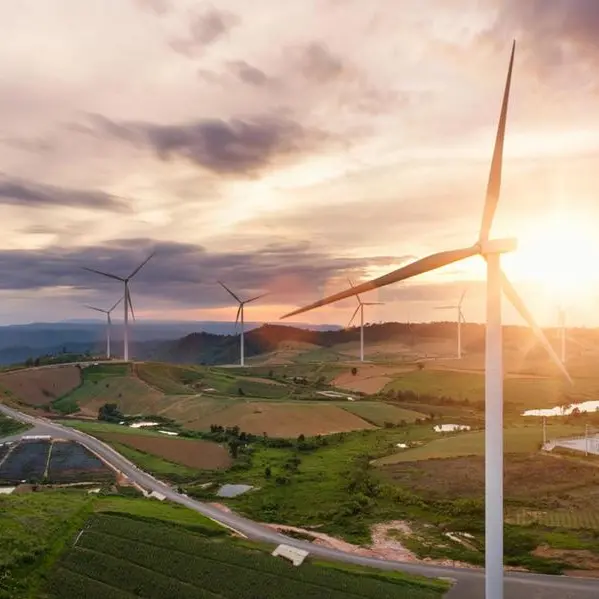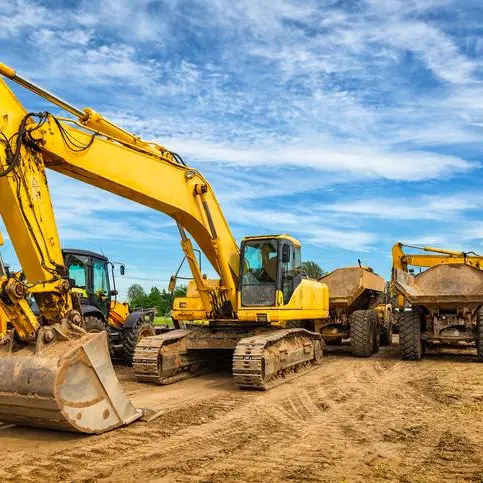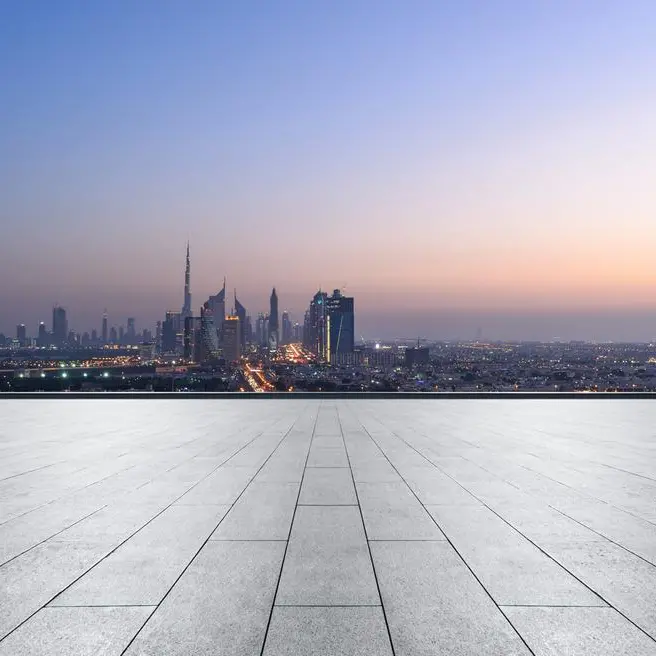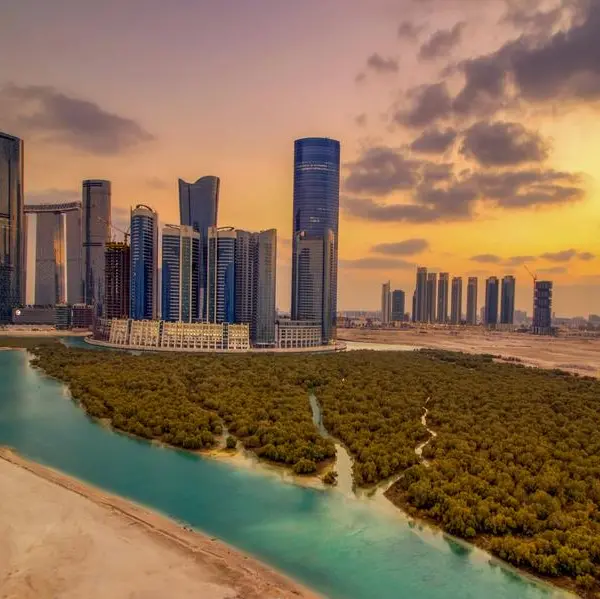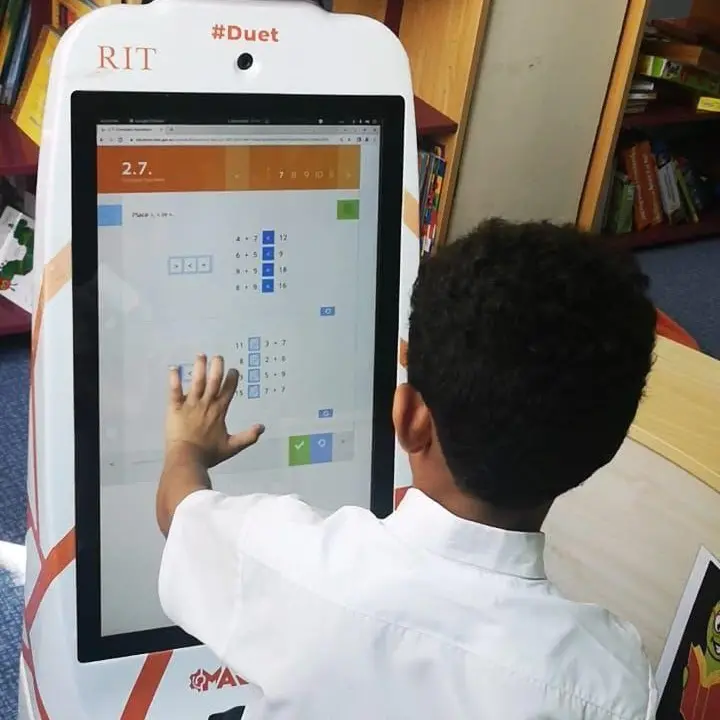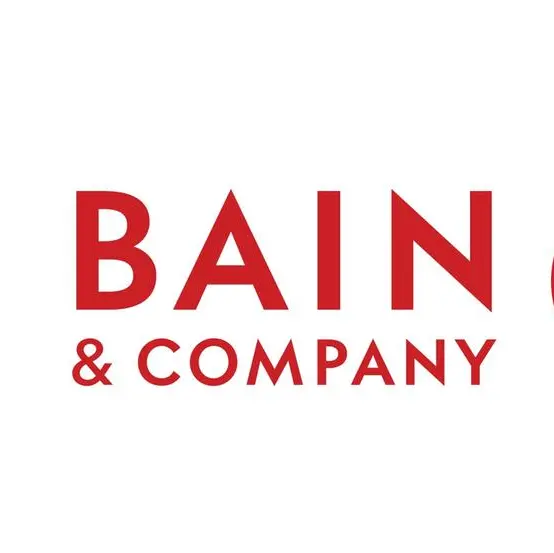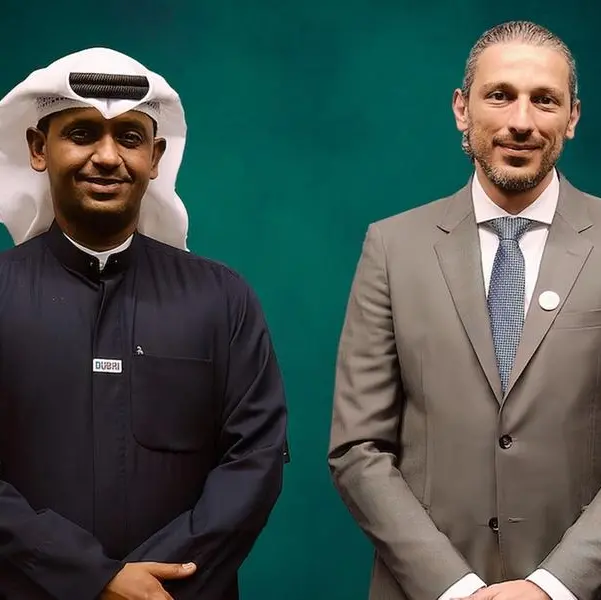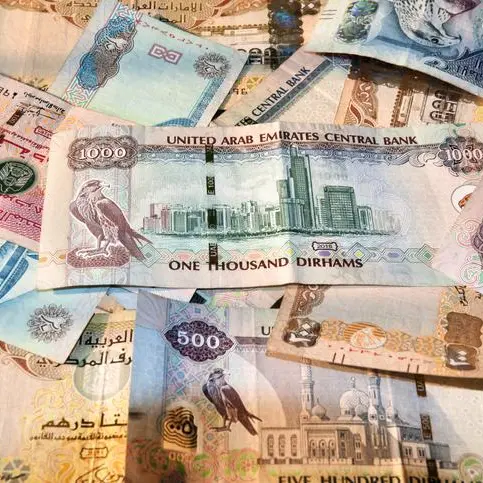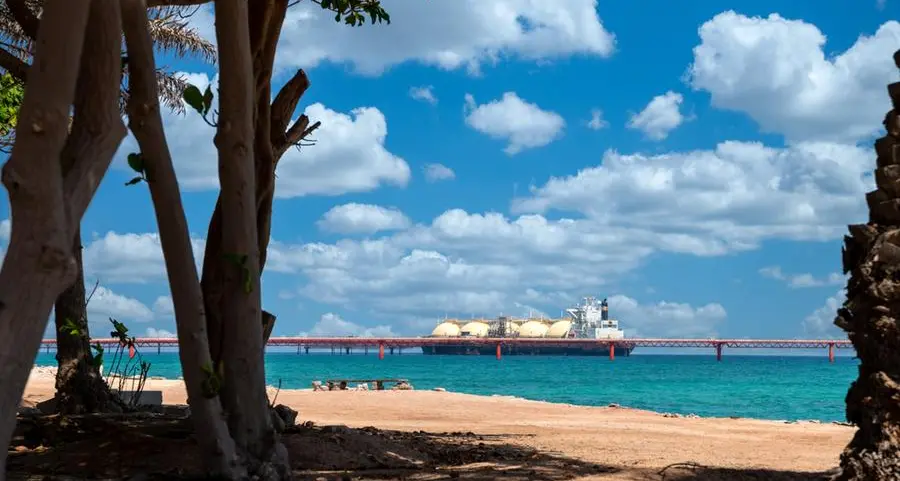PHOTO
Nay Abi Ramia, Principal with Strategy& Middle East. Image Courtesy: Strategy&
- GCC-wide cultural investments currently exceed US$100 billion, driving FDI, job creation, and value chain enrichment
- Sustainable cultural assets and events could attract an additional 8 million visits to the region by 2030
Dubai, UAE: The GCC region has the potential to cut lifetime carbon emissions by at least 1.3 million metric tons - equivalent to removing 320,000 cars from roads per year – if the region’s planned cultural assets are developed using sustainable methods and technologies, according to the latest report by Strategy& Middle East, part of the PwC network, titled “A Sustainable and Inclusive Cultural Renaissance for the Middle East.”
Exploring the region’s impact of investments in arts and culture, the report provides a detailed analysis of how culture and sustainability can come together through the implementation of sustainable construction and programs. The report also suggests that GCC countries could reduce emissions of greenhouse gases (GHGs) by more than 600,000 metric tons annually if they were to host all their planned cultural events and film productions in a more sustainable manner.
“GCC countries are committed towards celebrating and preserving their cultural traditions and heritage, aligning these efforts as part of their strategic visions. Within the context of the region’s ambitious net zero agendas, GCC cultural leaders have a unique opportunity to put the region in the global vanguard by bringing together culture and sustainability,” said Dr. Yahya Anouti, Partner with Strategy& Middle East and the leader of the sustainability platform at PwC Middle East.
GCC countries are spending generously on culture; notably, Saudi Arabia is set to invest over US$100 billion in cultural projects to increase domestic household spending on entertainment and leisure. These investments represent just part of the nation’s objectives to turn the country into a global tourism destination.
Major Saudi projects include Diriyah Gate in Riyadh, which will include arts districts, a new media arts institute, museums, and hotels. Similar strategies are being deployed across the region. Abu Dhabi’s investments in cultural and creative industries include four museums under construction with a total value exceeding $2 billion: the Guggenheim Abu Dhabi, the Zayed National Museum, the Natural History Museum, and teamLab Phenomena Abu Dhabi. Qatar, which recently hosted the FIFA World Cup, is strategically targeted to invest in multiple new cultural facilities, including a children’s museum in Doha.
“With so many cultural assets being built this decade, GCC countries could integrate sustainability features from the outset, ensuring their long-term preservation while making a significant contribution to the region’s net zero objectives. Moreover, a collaborative approach that involves communities in the development of cultural assets could lead to outcomes such as social inclusion, physical regeneration, sustainable development and job creation,” said Nay Abi Ramia, Principal with Strategy& Middle East.
Adopting sustainable construction methods for cultural assets in the GCC could also yield significant savings by 2030, due to less need for maintenance, and lower consumption of energy and water. The report highlights that switching to sustainable construction methods and materials, could save almost $14 billion in terms of the net present value of the capital and operating expenses of cultural infrastructure over its life cycle. Additionally, incorporating ESG into culture could encourage more foreign investment. GCC countries are already receiving some of these funds; the inflow of FDI into Dubai’s cultural and creative industries exceeded $1.3 billion in 2021, the second-highest amount globally.
The Strategy& report also suggests that sustainable cultural assets and events could attract an additional 8 million visits to the region by 2030. For context, this increase would be roughly similar in magnitude to the total number of visits to cultural assets today. One study from Portugal showed that visitors are more likely to attend and return to events if there is a commitment to “sustainable development and environmental protection,” possibly leading to 30 percent more repeat visitors.[1]
Reimagining cultural relevance
By working with cultural leaders and organizations, the report also provides recommendations for GCC leaders to place themselves at the heart of the strategy, marrying culture with sustainability and the needs of the region’s burgeoning creative communities.
The report proposes that GCC cultural leaders incorporate sustainability into design, not only for cultural infrastructure but also for event and film production. It also provides guidance on facilitating investments in cultural ESG projects to make it easier for investors to inject money into cultural opportunities, alongside a roadmap to promoting social inclusion and sustainable development capable of physical and social regeneration, skills development, and the preservation of heritage sites.
Cultural leaders can also play an important role in promoting artistic participation and in protecting creative intellectual property - so that artists can retain control of their creations and contribute to the retention of localized and culturally relevant creative outputs. The report also suggests that cultural inclusion should dovetail with the preservation of cultural heritage.
Lastly, the report outlines that the marriage of culture and sustainability necessitates a refreshed approach to cultural governance. To drive this agenda, cultural leaders should utilize a hybrid model that centralizes strategic leadership with decentralized implementation.
About Strategy&
Strategy& is a global strategy consulting business uniquely positioned to help deliver your best future: one that is built on differentiation from the inside out and tailored exactly to you. As part of PwC, we’re building the winning systems that are at the heart of growth every day. We combine our powerful foresight with this tangible know-how, technology, and scale to help you create a better, more transformative strategy from day one.
As the only at-scale strategy business that’s part of a global professional services network, we embed our strategy capabilities with frontline teams across PwC to show you where you need to go, the choices you’ll need to make to get there, and how to get it right.
The result is an authentic strategy process powerful enough to capture possibility while pragmatic enough to ensure effective delivery. It’s the strategy that gets an organization through today’s changes and drives results that redefine tomorrow. It’s the strategy that turns vision into reality. It is strategy made real.
[1] Ana Pinto Borges, Elvira Vieira, and Catarina Nadais, “How Important Events and Their Environmental Practices Are to Visitors: The Case of Serralves em Festa,” Proceedings of the International Conference on Sustainable Agriculture and Tourism (ICOSEAT 2022)
